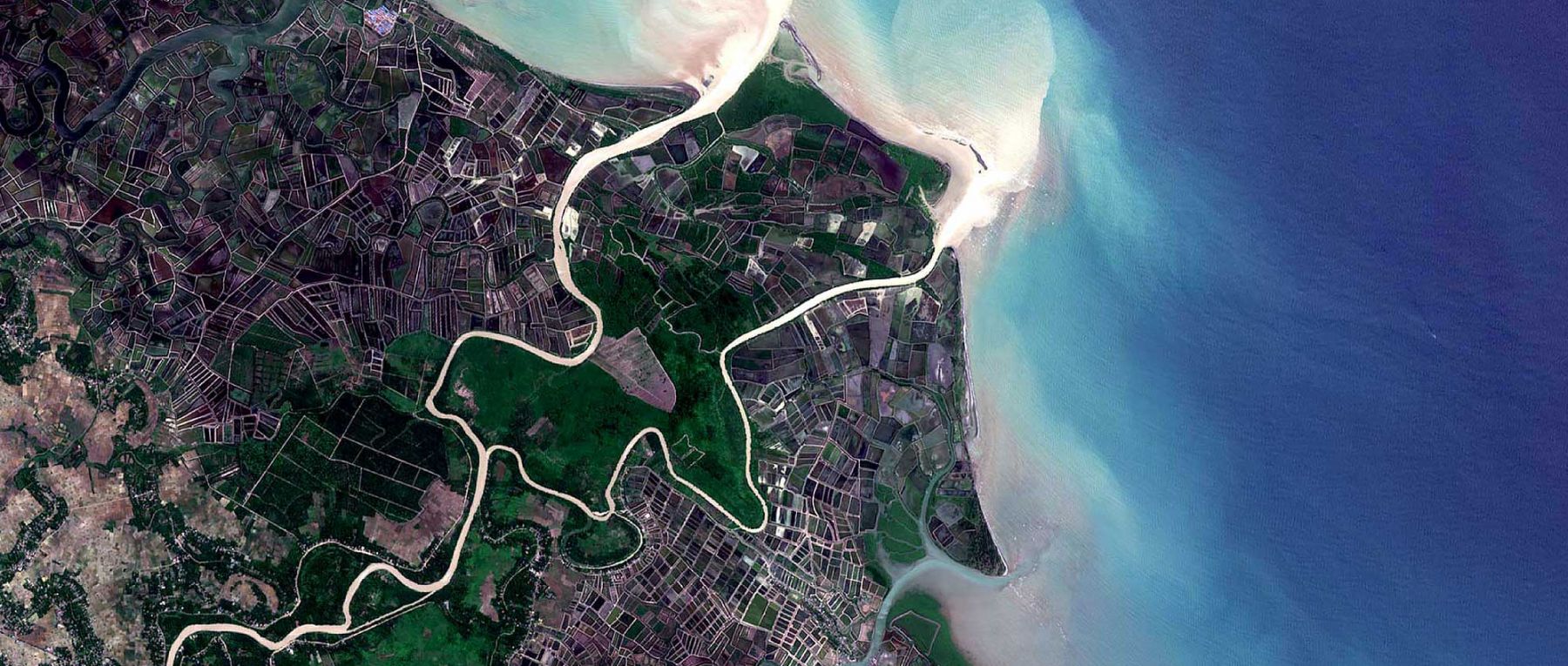Overview
The Terrestrial Sciences domain is focused on understanding and quantifying the processes and patterns that characterize the Earth's surface and near-surface environments across multiple spatio-temporal scales. We are interested in the physical, chemical and biological processes that operate at or near the Earth's surface, and our research integrates across several disciplines, such as physical geography, soil science, geomorphology, hydrology, ecology, geology, and biogeosciences. To address research problems, we use an interdisciplinary toolkit that integrates remotely-sensed data, field observations, small-scale physical experiments, and numerical models. Our research has strong links with other research domains within our department, such as ocean sciences and atmospheric and climate sciences, and also other departments across campus.
